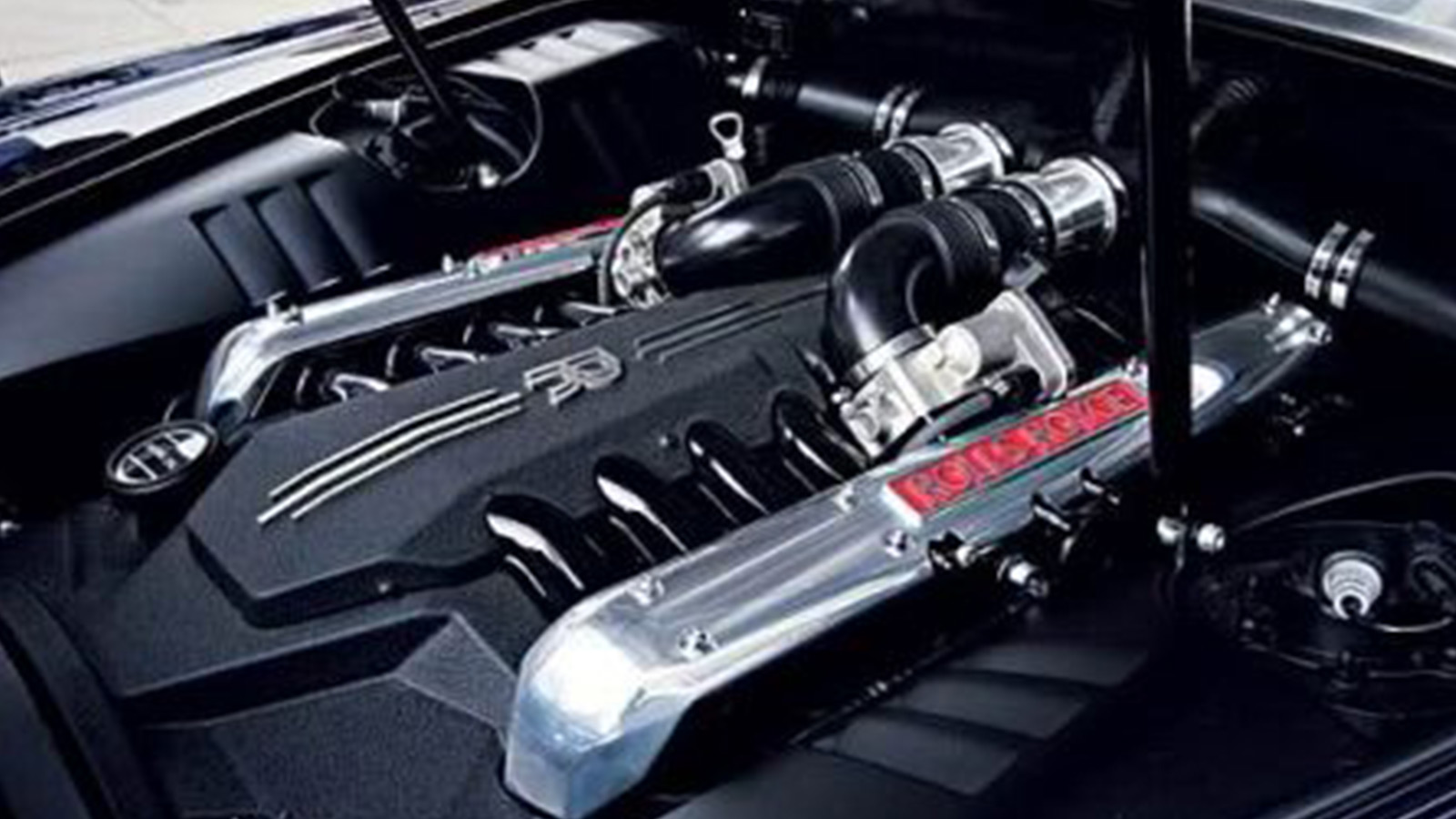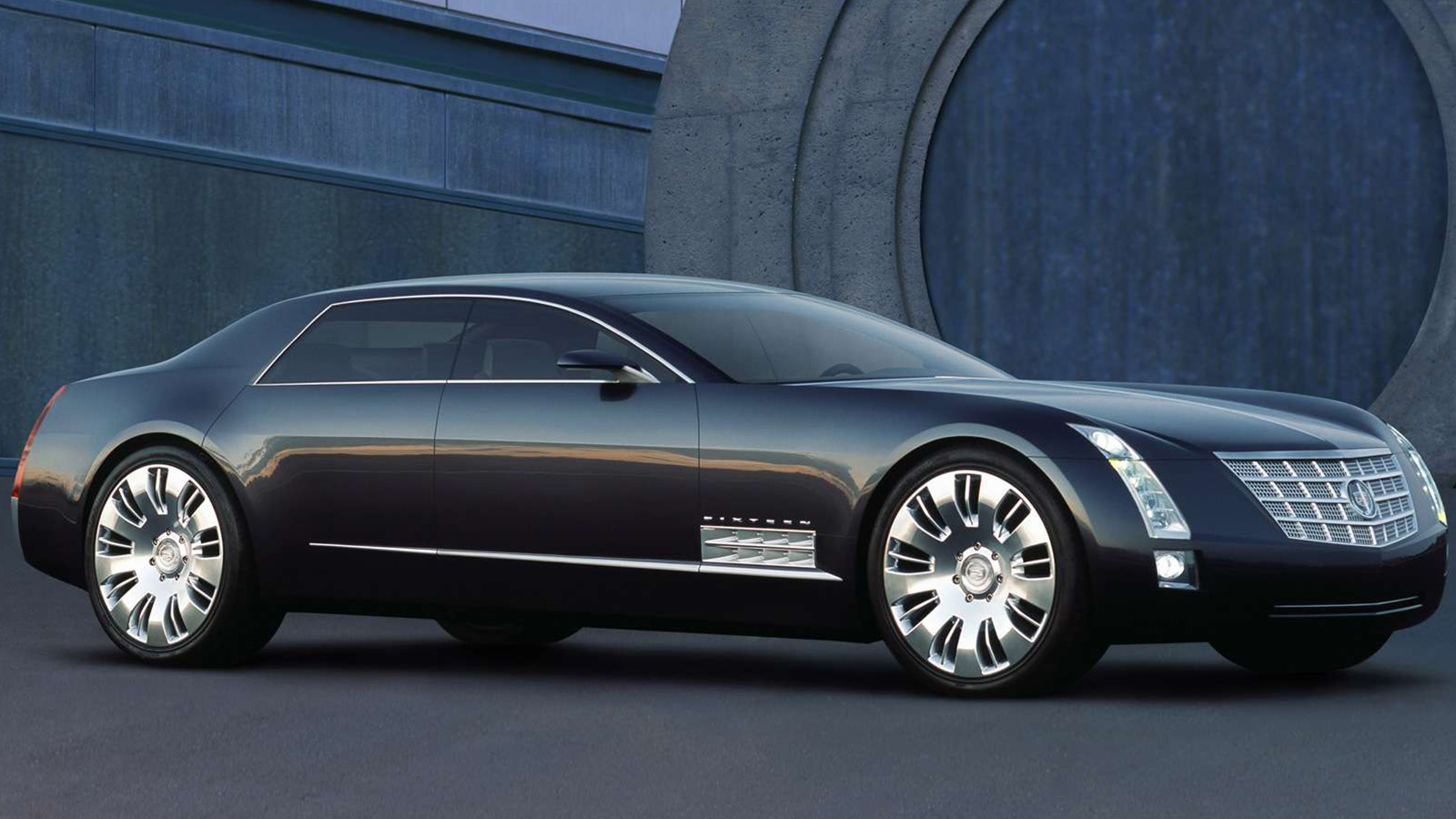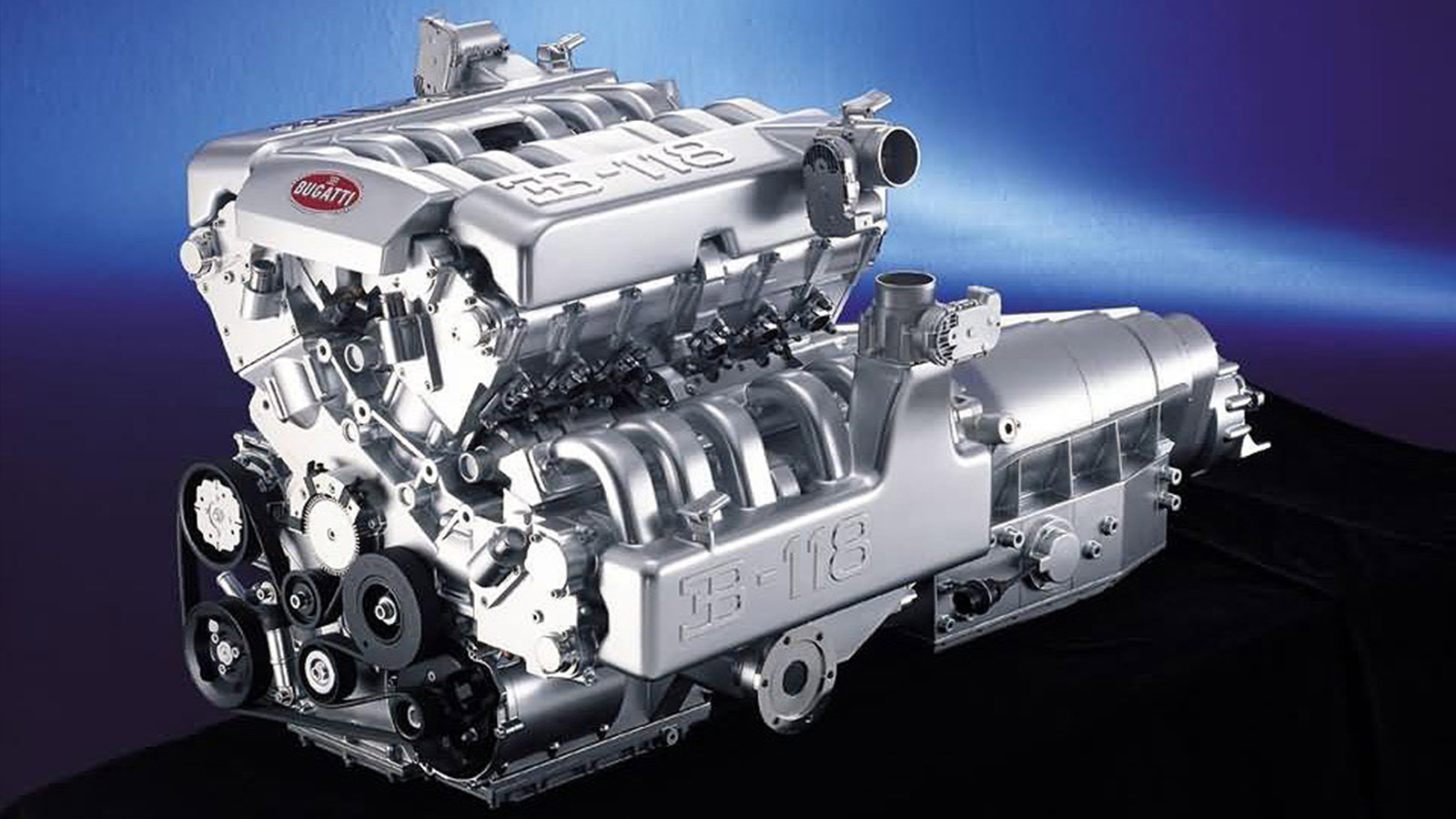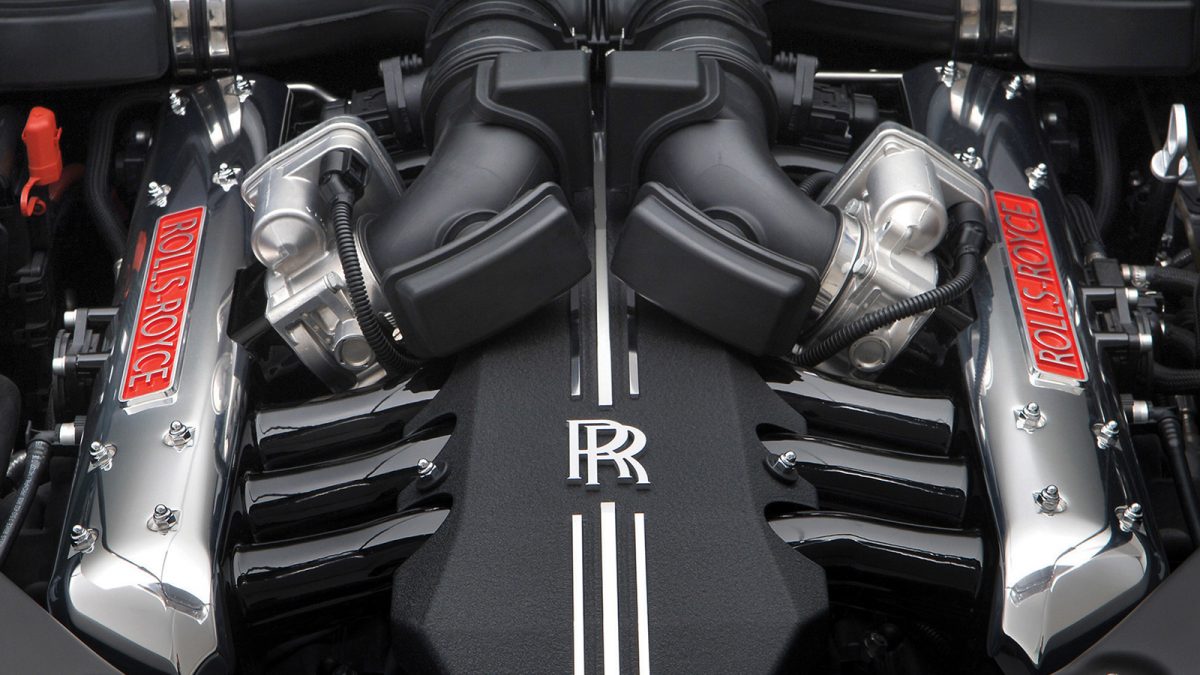It is happening, Rolls-Royce, the once-great institution of British automotive pride, will be creating a dedicated all-electric model line. According to reports, Rolls-Royce will confirm its plans for the new model, the Silent Shadow, later this year. Though, many are already speculating that it will enter production within the decade. While this move won’t signal the end of Rolls-Royce’s big combustion engines, it marks an about-turn from the giant experimental engines of the turn of the millennium.
Going beyond big engines

Ever since the bureaucrats stuck their noses into air quality statistics like your nosy neighbour, enthusiasts have been decrying the gradual shrinking of the internal combustion engine. Gone are many of the charming inline-sixes, baritone V8s, and sophisticated V12s of the previous millennium. All replaced by an endless grey cavalcade of blown four-cylinder engines. All marching in lockstep to the goal of CO2 reduction.
With the coming ban on combustion engines in major cities, those engines too will soon face a day of reckoning. Will people miss it? The rosy-eyed folk might. Though, judging by the number of luxury brands rushing to capitalise on this shift in the market, many will not. So long as there are ample charging spots, nobody will bat an eye over the fate of combustion engines.

Rolls-Royce was not the first to signal its intent for all-electric propulsion. Bentley has already expressed its commitment to an all-electrified model range. Mercedes-Benz is on the cusp of unveiling its all-electric EQS flagship. And there are substantial rumours of Volkswagen pawning off Bugatti to electric-powertrain specialists Rimac. These changes of direction are ironic considering the impossible experimental engines these companies dabbled in two decades ago.

Since the end of WW2, engine options in the automotive world became more streamlined, with the V12 sitting at its zenith. Sure, turbochargers and rotaries came and every so often a company would build something larger on a limited scale. But these developments merely altered the rules but did not challenge the V12 engine’s status.
Rolls-Royce’s V16 dream

In 2004, Rolls-Royce rolled out one of the most prolific experimental engines; a massive 9-litre naturally aspirated V16. Shoehorned into the Rolls-Royce 100EX concept, the V16 engine was an enigma.
Rolls-Royce refused to divulge any technical details of its V16, and understandably so. The concept was a preview of the upcoming Phantom coupe with the engine being a placeholder. Officially, Rolls-Royce says the engine is nothing more than another one of those experimental engines built for the concept. But others had reason to believe otherwise.

Insiders say that the V16 engine predates the first-generation BMW-era Rolls-Royce Phantom. Others would claim that Rolls-Royce seriously considered putting the V16 into the Phantom flagship at one point. The only substantial evidence given was the size of the Phantom’s engine bay, which was not only larger than that in the 100EX’s but it was big enough for a V16.
Nevertheless, for an experimental engine, Rolls-Royce did pour a disproportionate level of resources into it. The company built three examples of the V16, with five sets of parts to go. In the end, the company concluded that it “could not be confident that a V16 could deliver on Rolls-Royce attributes of effortless performance, silence and magic carpet ride.” A line that sounds more of an admission of production-intent rather than an explanation.

Though the V16 engine is ostentatious on its own, it was far from the most ambitious experimental engines ever conceived. It was not even the only experimental V16 engine at its unveiling. Just a year before, General Motors debuted the aptly named Cadillac Sixteen concept coupe.
Bringing back Cadillac

Named after the brand’s V-16 flagship of the 1930s, the Sixteen packed a massive 13.6-litre thousand-horsepower V16. The choice of such a sensational engine was understandable. Cadillac wanted to re-establish itself as a luxury player, alongside Mercedes-Benz and even, Rolls-Royce. After all, during the United States’ gilded age, Cadillac held the reputation as makers of the best cars in the world. An honour that looked far removed from the Cadillac of the late-1990s.

Unapologetically big with half the car taken up by its engine, the Sixteen was the perfect statement of intent. Not only that, but contemporaries also found it surprisingly polished for a concept car. This notion spurred many to speculate that a production version was on the cards. Predictably, the Sixteen stayed a concept as General Motors grafted its design cues onto smaller, less ambitious sedans.
The engine megalomanic

By the early-2000s, the craze of such oversized experimental engines was dying down. The economic prosperity of the previous decade peaked with the Dot-com bubble deflating its optimism. Like another golden age in automotive history, economic realities placed a lid on the industry’s sheer hubris.
No one typifies this era of experimental engines like one individual. An ambitious, brazen, and ingenious engineer from an illustrious Austrian family, Ferdinand Karl Piëch. Yes, we are circling back here again. There is no escaping his legacy. And he might have kickstarted this era in the first place.

While business types would praise his tenacity and criticise his dictatorial style at changing, growing, and ruling over Volkswagen, enthusiasts have a more magnanimous view of the great car tsar. His ambition to mount every engineering challenge is legendary as is his love for unconventional engines.

Though Piëch wasn’t responsible for Volkswagen’s narrow-angle VR6 engines, he did bring it to its natural conclusion. He supersized it, doubled the count, and packed into the back of some stunning concepts of the late-1990s. Enter the W engines. Or what is essentially two VR engines joined at the crankshaft. Ingeniously compact, but fiendishly complicated compared to the traditional straight and V-layouts.
The rise of the W engine layout

The first example of Piëch’s W engine came in the 1991 Audi Avus quattro Concept. An all-out chrome concept that toyed with the idea of an all-aluminium mid-engine supercar powered by a 6-litre W12 engine. Though Avus’ engine was a wooden buck and a work-in-progress, Piëch brought the concept with him to Volkswagen.

After saving Volkswagen from the verge of bankruptcy, Piëch committed the company to the engine concept, culminating in the 1997 W12 Syncro concept car. As its name implies, the concept showcased a 309kW 5.6-litre naturally aspirated W12 engine. Though it wasn’t just any fantastical wunder engine to get pundits excited. Piëch had grand plans for it.

Following the messy acquisition of the Bentley brand, the Volkswagen Group unveiled the Bentley Hunaudières concept in 1999. Named after Circuit de la Sarthe’s Hunaudières straight, the concept car featured an incredible 465kW 8-litre naturally aspirated W16 engine. This same engine concept would later be featured in the 2000 Audi Rosmeyer concept and enter production in a quad-turbocharged form in the Bugatti Veyron.
Bugatti’s triple bank W engines

Speaking of Bugatti, as it turns out the Hunaudières concept wasn’t the only mad engine on the Volkswagen Group’s menu. A year before the Hunaudières, the newly acquired Bugatti brand created its first concept car, the EB118 concept coupe. Underneath its front bonnet was a 6.3-litre W18 engine, though it wasn’t the same layout used in Volkswagen’s W12.
Instead of two banks of narrow-angle V engines, the Bugatti’s W18 were three straight-six engines merged at the crankshaft. Though the engine was longer and more challenging to package than the compact W12, Bugatti would expand on the idea with its EB218 concept sedan and 18/3 Chiron concept supercars.

As Volkswagen’s W12 concept car continued development, engineers discarded the triple-bank W engine for the proven double-VR banks. However, the Volkswagen Group’s ambitious experiments did inspire what could have been the ultimate experimental engine, a V24.
Mercedes big experimental engines

Yes, forget 12, 16, or 18 cylinders arranged in increasingly complex engine configurations. This was two dozen cylinders beating away in a traditional V configuration. And the architect of this insane engine was none other than DaimlerChrysler.
Well before Piëch’s W configuration engine was even a twinkle in his eye, Mercedes-Benz was toying with the idea of a W18 engine. Similar in configuration to Bugatti’s W18 experimental engines, Mercedes studied the concept for a range-topping variant of the W140 S-Class.

Unfortunately, the engine never passed the blueprint stage as board members believed that its 6-litre V12 already met the requirements. However, when the Volkswagen Group’s new luxury renaissance dawned, with Bentley and Bugatti, Mercedes-Benz revisited the concept.
Was Maybach’s V24 engine possible?

Stories of this V24 engine is shrouded in mystery and is largely hearsay, but German publication Auto Motor und Sport swears that at one point DaimlerChrysler wanted to smash Piëch’s dick-waving contest. “What he [Piëch] can do we can do all along,” reasoned a Mercedes development engineer in the publication’s article. To do so, Mercedes set out to explore the possibilities of a 24-cylinder engine for its newly-minted Maybach ultra-luxury brand.

Again, while there is no physical evidence of such an engine existing, the publication claims that engineers explored its possibilities. The most unbelievable part of this story was that Mercedes didn’t reject the idea immediately. More preposterously, engineers calculated that fitting in a massive V24 engine with between 12 to 15-litres was possible. Their only concerns being vibration-related technical problems hindering its viability. Not only that, but designers were also keen to showcase the engine in a Maybach coupe concept in 2001.

If you thought that common sense killed the idea, think again. According to the article, staff shortage was the reason why Mercedes-Benz didn’t go full steam with this steamship of an engine.
How much of the story is true is a question only the publication and Mercedes-Benz can answer. Though judging by the circumstances surrounding its conceptualisation, it is perhaps more fiction than fact. What is certain is that such ambitious undertakings are a thing of a past.
End of an era

By the time the Rolls-Royce 100EX and Cadillac Sixteen came around, times were changing quickly. Oil prices were rising, Al Gore was stewing, and purse strings were tightening. The race for turbochargers and electric motors steadily replaced outright displacement. Even 12-cylinder engines were steadily being phased out and made redundant.

Not only that, the public’s perception of electric cars changed. And so has the focus of the builders of these experimental engines. Big multi-cylinder engines were seen as sophisticated timepieces. Clockwork behemoths of power, sound, and craftsmanship. But as Tesla demonstrates the potential of electric cars, these giants are becoming emblematic of a bygone era.

Sure the electric car technology is still some years behind what traditional combustion engines could achieve. But isn’t overcoming odds the real differentiator between a good automaker and a desired one? Today, Rolls-Royce, Cadillac, Bentley, Mercedes-Benz see its future as electric car leaders in some way, shape or form. In a way, the ambition of these automakers hasn’t changed, just the medium and the times.

